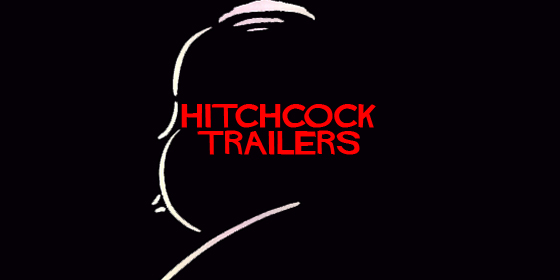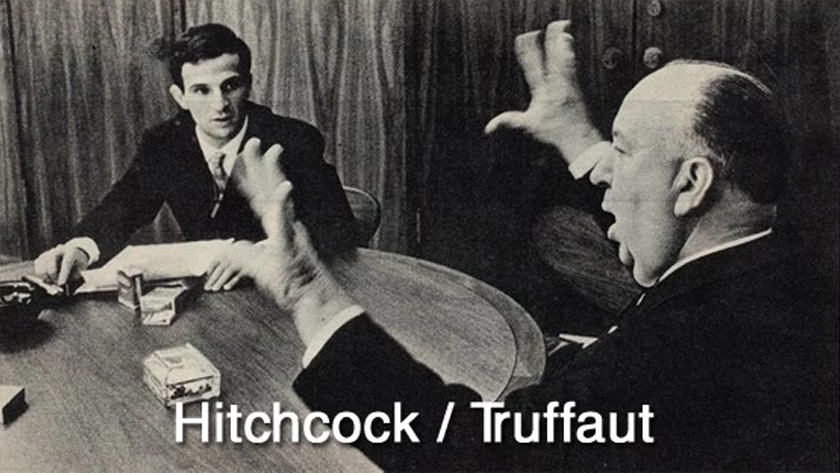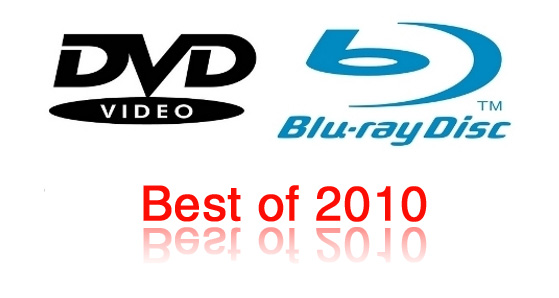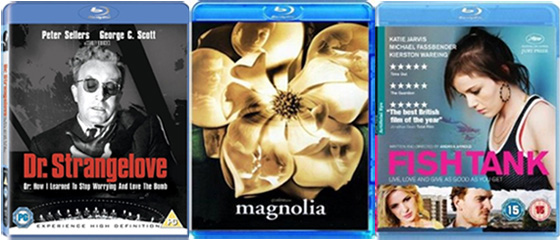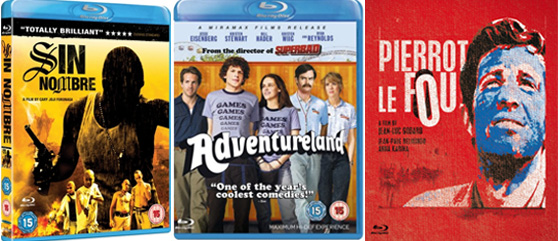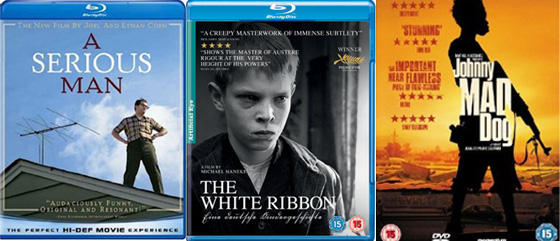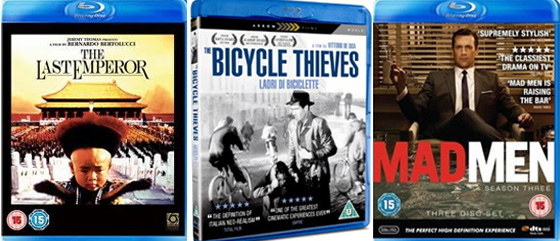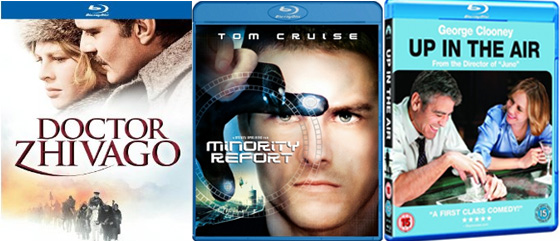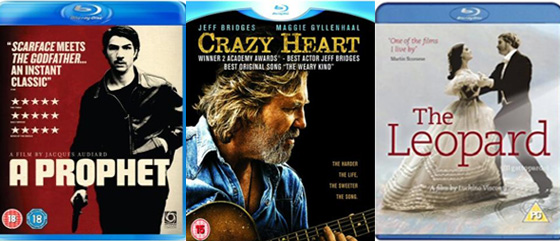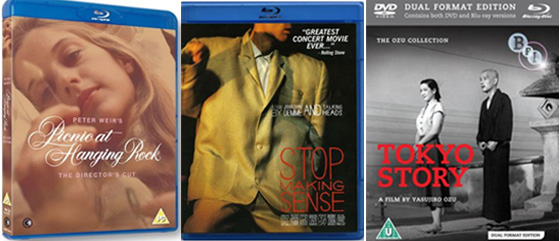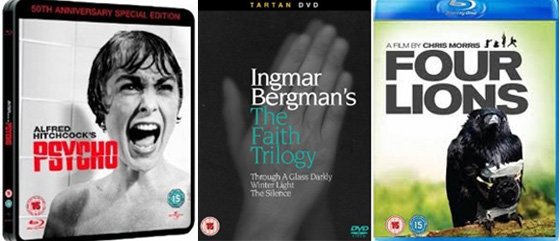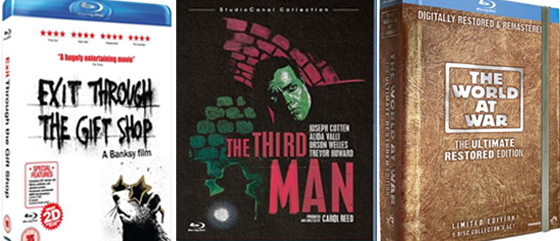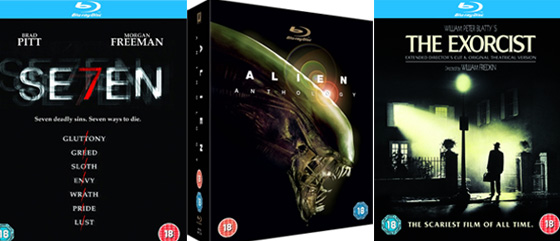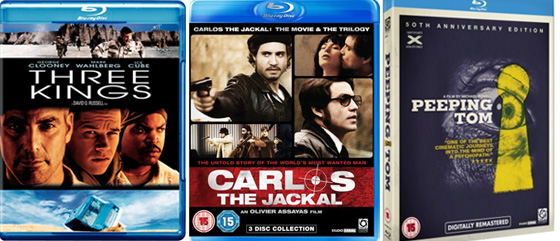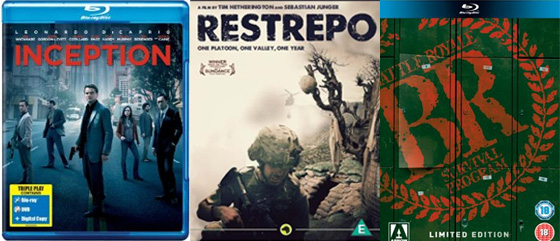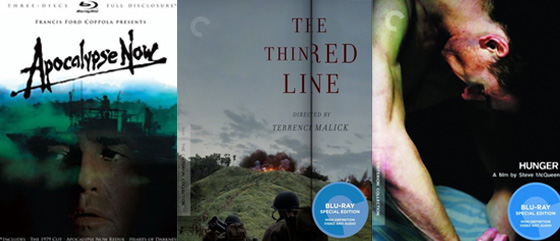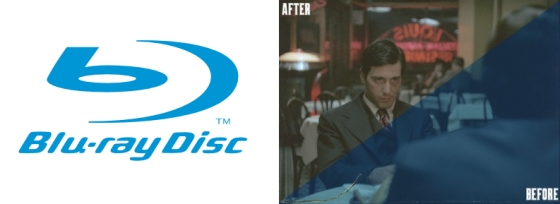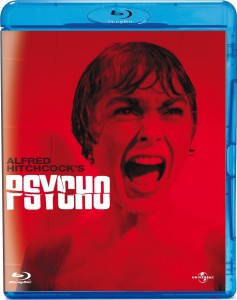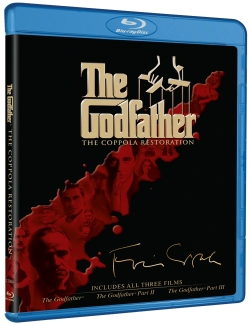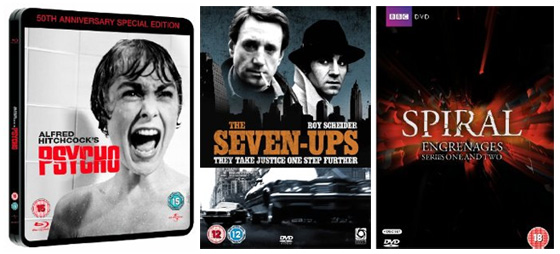Once he was established as a Hollywood director Alfred Hitchcock cleverly used his persona as a major promotional tool for his films.
Although he is rightly regarded as one of the great directors in cinema, the marketing of his movies reveal a lot about how he managed to combine his artistic sensibilities with commercial instincts.
Charlton Heston was once quoted as saying:
“The trouble with movies as a business is that it’s an art, and the trouble with movies as art is that it’s a business”.
Perhaps more than any other director, Hitchcock managed to solve this conundrum and we can see his mastery of the movies as both an art and a business by looking at the trailers to several of his films.
For his breakthrough US work Rebecca (1940), the trailer played up the fact that it was a David O’Selznick production as much as an Alfred Hitchcock film and that it was also “the most glamorous film of all time”:
At this point, despite his experience, he was essentially a director for hire and had yet to become the portly icon of later years.
Notorious (1946) goes for the ‘big fonts proclaiming big things’ approach to trailers and Hitch is still nowhere to be seen, although it is worth noting that he is referred to as ‘the master of suspense’.
A sign that Hitchcock was more talented than the average Hollywood director was the ambition of Rope (1948), a film which had the illusion of being mostly shot in one take, although it was actually a string of set pieces cleverly stitched together.
The trailer was partly narrated by Jimmy Stewart’s character and didn’t feature the director, although the form of the film played an important part in establishing his reputation as more than just a director for hire.
The 1950s saw Hollywood embrace all kinds of technical innovations (e.g. Cinemascope, 3D) to stave off the threat of television, but Hitchcock was embracing it both as a form in itself and seizing the opportunity to become a familiar face to great swathes of Americans every week.
In 1949 one million Americans owned TV sets and by the end of the decade this number had sky-rocketed to over 50 million, so here was a director clearly in touch with both his audience and the emerging trends of the time.
By 1955 Hitchcock had his own TV series – Alfred Hitchcock Presents, later to become The Alfred Hitchcock Hour – which became famous for his opening monologues.
This is the first episode, where he addressed the audience in his own inimitable way:
On the burgeoning medium of television during this period it provided invaluable publicity for his career as a movie director.
It was ironic that in an age of chiselled movie stars he would become such an American cultural icon, especially after a childhood in England crippled by shyness and obesity.
But perhaps there was a conflicted showman inside the director.
What else could explain his famous cameos throughout his career, which were a simultaneous expression to stay hidden and be noticed?
By The Man Who Knew Too Much (1956), which saw him remake his own film, his reputation was established but for the trailer it was Jimmy Stewart who again who addressed the audience to describe the making of the movie.
The same year Hitchcock made his first notable appearence in a trailer, talking about himself in the third person no less, whilst narrating the outline for The Wrong Man (1956):
A vitally important film for the director both in content and style, it seems appropriate that he would make an early marketing appearance here.
Perhaps his promotional performances every week on TV in front of millions of viewers had convinced the studio bosses he not only had a reputation but could be trusted to sell to the audience directly?
For Vertigo (1958) however, Hitchcock took a back seat to a conventional narration guy.
Was it because the story of an obsessive man who forces a reluctant brunette to become an icy blonde was a bit too personal for him?
After the relative commercial failure of this hypnotic film – which would mushroom in critical esteem decades later – he returned with his most commercial project to date.
North By Northwest (1959) was a pretty big deal for MGM and they let Hitchcock completely take over the trailer, using his dry wit to play up the humour in the material and guarantee they would be in for a ride.
Can you imagine any modern studio or contemporary director approve a trailer like this?
His next film was less obviously commercial, based on a novel with grisly real life influences, and was to be filmed in black and white with his TV crew.
The project began life at Paramount, who were so put off by the material that they originally refused to make it and sold off key rights to Universal and the director (even today it is often mistakenly thought of as a Universal movie).
Psycho (1960) certainly presented a marketing challenge and Hitchcock responded with perhaps his most famous trailer, which was this 6 minute promotional short.
It was a shrewd move as the director’s trademark humour let viewers know that the film wasn’t as dark as they may have heard.
That being said, the sudden climax at the end, complete with Bernard Herrman’s violins hinted that there was something dark and sinister within the main attraction.
Not only did Psycho represent the high watermark of the director’s artistic and commercial career, is also saw him reach a plateau as a marketing genius.
Hitchcock persuaded cinemas not to allow audiences in if they were late, which intensified the must-see factor and also provided the film with valuable extra publicity.
Who did audiences see in the foyer of their local cinema?
The director pointing at his watch and telling them that if they were late they had to attend the next showing of the film.
Whilst the public loved it, critical reaction was decidedly cooler with The Observer’s critic embarrassing themselves by not even staying until the end (I’m happy to report that their current critic Philip French always stays until the end credits of each movie he sees).
For The Birds (1963), the director repeated the trick with another witty short.
Note how the dry humour again deflects from the dark subject matter, which could have proved a commercial turn off.
By this point Hitchcock was a major cultural personality due to both his movies and TV shows, which first aired on CBS from 1955 to 1960, and then on NBC from 1960 to 1962.
This was then followed by The Alfred Hitchcock Hour, which lasted from 1962 to 1965 and such was the director’s longevity that even after his death in 1980, NBC and USA Network even revived the show for four seasons in the late 1980s.
If you think of each TV introduction as free publicity for his films, it also ranks as one of the longest and most cost-effective marketing campaigns in movie history.
The Marnie (1964) trailer continued the concept of the director as master showman.
Such was Hitchcock’s elevated status at this point – note how he literally ascends from a lofty position at the beginning – that he could refer to his previous films with the expectation that the general audience would know what he was talking about.
Perhaps one of his most interesting films, the trailer captures the changing social attitudes of the 1960s as Hitchcock is being less coded about sex and uses his dry, comic prudishness to neat effect.
One can almost imagine the team from Mad Men working on the campaign for this movie, and although Cary Grant in North By Northwest is often rightfully cited as an influence on Matthew Weiner’s show, Sean Connery’s character in Marnie seems like a more accurate touchstone for Don Draper.
In retrospect, the film is a fascinating collision of two cinematic icons as the ‘Master of Suspense’ cast James Bond in a major role – the commercial side of Hitchcock’s brain wanted a star in Sean Connery, but the artist knew his screen presence would add an extra dimension to the film.
However, the explosive success of the Bond franchise may have had an adverse effect on Hitchcock’s films as the mid-60s craze for Cold War spy films led him to make two films which saw him go somewhat astray.
Torn Curtain (1966) was beset by production difficulties and reflected the uneasy reality that was dawning on directors like Hitchcock and studios such as Universal.
Stars like Paul Newman and Julie Andrews were becoming increasingly important and the days when the men in suits could order them around like cattle were beginning to change.
This is reflected in the trailer which plays up Hitchcock’s brand name but places greater emphasis on the two leads, violence (‘Shock! Intrigue!’) and the Cold War intrigue which had gripped pop culture.
Topaz (1969) saw the problems of his previous film multiply and is rightly considered one of his weakest.
Again we have a Cold War spy thriller, although this one is even more muddled.
We briefly see Hitchcock at the beginning saying that it is ‘a story of espionage in high places’, before a self-consciously groovy montage of split-screen techniques which seems to reflect the messy, fragmentary nature of the film.
In creating his own worlds he was often a master, but in this period he was less successful in crafting suspense out of the complexities of the Cold War, when actual news stories could be more shocking than anything in his imagination.
Frenzy (1972) saw Hitchcock return to his home country of England and is by far his most interesting later work.
The trailer sees him return to centre stage with a monologue which seems to reference his extended promotional short for Psycho – which is appropriate as both films revolve around a sinister murderer (Mrs. Bates/The Necktie Murderer) and a single location (Covent Garden/Bates Motel).
This film saw the director’s career come full circle, as he returned to the murder-mystery genre after his unsuccessful espionage movies and it was set and shot around Covent Garden, where his father used to make a living as a greengrocer.
It is hard to watch the bit where Hitchcock spots his tie without thinking of the childhood story the director once told about being sent to a police station as a boy, or the William Friedkin anecdote about when Hitch questioned his young apprentice for not wearing a tie whilst shooting the final episode of The Alfred Hitchcock Hour.
The trailer for his swan song Family Plot (1976) sees the director make his final appearence in a trailer.
The quality of the film and his customary dry wit seem to betray the fact that he had one eye on retirement.
What do all these trailers say about Hitchcock?
In them we can see the evolution of a director who managed to use the very commercialism of the Hollywood system to his artistic advantage.
By cultivating a showman persona, he enticed audiences into cinemas and once they were there he usually surprised them in strange and imaginative ways.
> More on Alfred Hitchcock at Wikipedia
> The Hitchcock Wiki
> Hitchcock TV
